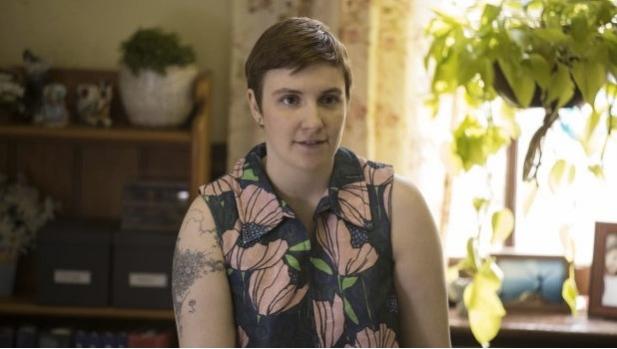First published on Daily Life, April 2016.
Marnie Michaels recently discovered how far people can deviate from their former selves. In a recent poignant Girls episode, Marnie, who’s played by Allison Williams, finds out that Charlie, the long-lost boyfriend who was once devoted enough to carry around her retainer, is no longer the rich tech bro who she once serenaded at a party for his startup but a coke dealer who stores his clothes in garbage bags and takes heroin in his spare time. The episode, which captures the way the world is more magical when you’re with someone who loves you, sees the pair spend a night laughing together in a fancy restaurant and capsizing a boat in Central Park after a passionate kiss. When Marnie leaves after finding his needles, it doesn’t make their time together any less real.
The millennial sitcom mines this gap between fantasy and reality to powerful effect. Unlike ’90s comedies such as Friends or Will and Grace, whose twenty-somethings aspired to jobs in management and whose will-they-or-won’t-they trysts were a jaunty induction into marriage and suburbia, as Jenny Jaffe suggests in a March 2016 article in Vulture, the millennial sitcom is ruled by characters for whom the path to self-knowledge is less a linear trajectory than a giant game of Tetris – one in which dreams of a creative career are replaced by ritual workplace humiliation, sex comes without grand, romantic catharsis, real estate is contingent on roommates and that entrepreneur boyfriend you may have married can turn out to be someone you’d cross the street to avoid.
Consider Broad City‘s Abby, who shelves her hopes of becoming an artist to clean toilets at Soulstice, Love‘s Mickey, whose hook-ups are an outlet for her hedonism and Girls‘ Marnie, whose attraction to crybaby manipulators like Desi prevent her from growing up herself. Like its viewers, who are postponing home-ownership thanks to debt and Recession-era job insecurity and are rejecting marriage in droves according to July 2014 research by The Urban Institute, the millennial sitcom embraces contradiction and disappointment as its default state. “It’s reflective of the target audience: millennials who have had the world’s information at their fingertips for most of their adult lives, and learned to take in conflicting information from different sources at once,” Jaffe writes.
But as Laurie Penny suggests in a March 2016 article in The New Statesman, conversations about millennials that claim to reflect the plight of an entire generation are actually code for the failure of a middle-class ideal. On Girls, the occasional junkie who makes an appearance in the shape of an ex-boyfriend might prove that a Brooklyn dotted with fourth wave coffee shops is still sufficiently edgy but it also reminds us that – for a respectable, white girl like Marnie – sleeping with a heroin addict is still a cultural taboo.Love owes its premise to the fact that Mickey and Gus, a pair of college-educated Californian creatives, should be buying furniture and planning a future like a good, rom-com couple rather than crossing wires and getting high. As Rebecca Wanzo says of Broad City in a March 2015 piece in the LA Review of Books, Abby’s job mopping up vomit is deeply hilarious because girls like her aren’t supposed to perform tasks that disgusting. The workers who call this a day job probably aren’t as amused.
More insidiously, it plays to the lie that if working class people hold down service jobs and are on the poverty line, it’s because they’re not savvy or educated enough to excel. That’s why a 40-year-old single mother working a minimum wage cafe job will inspire less empathy than Girls‘ Ray, whose extended stint making coffees is down to systemic problems such as, say, a bad economy or generational failure to launch. For all its inclusiveness, if Master of None expanded its portrayal of millennials beyond those who can afford sprawling lofts and time to dish on relationship dramas, the show would be considerably less charming.
In a March 2016 feature series for Fusion, Nona Willis Aronowitz attempts to get past our obsession with the relatively small percentage of millennials who are middle-class and educated by interviewing those whose experiences have been completely erased. “Brief chats with them revealed that they were more worried about being able to feed their children, staying safe in their neighbourhoods, or juggling community college with three crappy jobs. They were the young people whose families couldn’t afford to send them checks, whose parents didn’t have a basement for them to languish in,” she writes.
The millennial sitcom mines the gap between fantasy and reality to powerful effect. But it also focuses on those whose lives lend themselves to comic turns and witty subplots at the expense of those who’ve always known that fairytales don’t exist.
